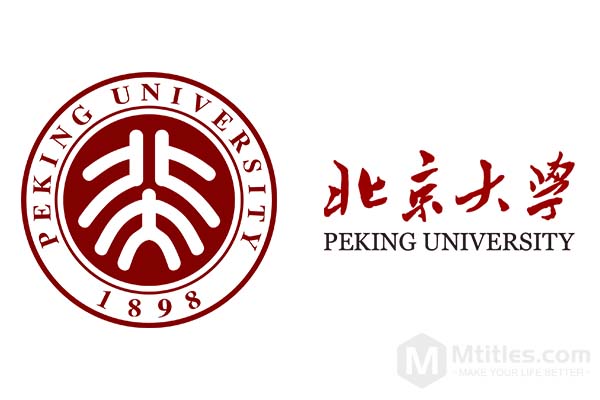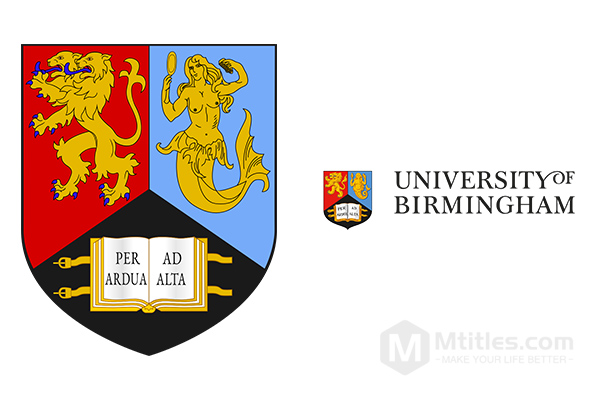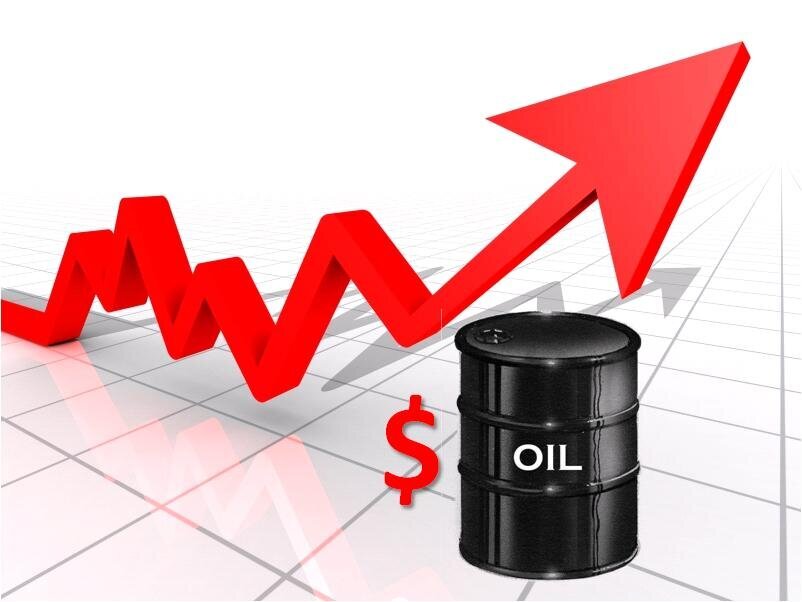What is the difference between mutual funds in the U.S. and public funds in China?

Publicly offered funds are funds issued by Chinese fund companies, registered in China, sold to domestic investors and supervised by relevant domestic laws. The investment target market is mainly the Chinese stock market, but a small number of funds also invest in overseas stock markets through QDII and other channels. U.S. mutual funds are funds issued by U.S. fund management companies, which are managed by fund managers of those companies and invest in global securities markets, mainly for global investors.
Many fund companies are headquartered in the United Kingdom, the United States or Japan, but their funds are registered in small islands such as the Cayman Islands and the British Virgin Islands. Don't worry about the unreliability of funds from these small islands. These islands are so-called "tax havens" where no tax is levied on foreign investment companies.
The following is a comparison of mutual funds and public funds.
1. The U.S. fund market is mature
U.S. funds began to develop in the 1860s, and have now been around for a couple of hundred years, with relatively mature and stable development. Chinese funds, limited by the late development of the stock market, have been around for only 20 years. The difference in the degree of development determines many differences between the two.
First, U.S. funds generally have a long history of performance data, which investors can refer to in making investment decisions. Chinese funds, on the other hand, have been established only recently, have a relatively short past performance history, and have not been subject to market cycles. Thus, it is difficult for investors to determine whether the fund is capable of generating sustainable and stable returns.
Second, the stability of the investment strategy and investment team. U.S. funds have a long history and generally have a consistent and coherent investment strategy. There are many overseas investment management companies with more than a hundred years of experience in managing investments, which can provide double protection to investors. The investment team is also very stable. For example, the average tenure of a U.S. fund manager is 5.7 years, and the maximum tenure is 48.5 years.
2. Richer varieties of overseas funds
Funds can generally be classified according to the market, type and industry in which they invest. Due to the differences in risk-return characteristics of each type of fund, the first step in fund selection should be to choose a fund category. There are many ways to classify fund products in China, and there is no uniform standard or subdivision. In addition, if products that mainly invest in stocks are categorized as equity funds, investors will not be able to fully understand the characteristics of their investment targets if they are no longer subdivided according to market capitalization or style. In contrast, the classification of U.S. funds is clearer and more predictable. Most of their products are categorized based on the characteristics of the underlying investment, first by asset attributes, then by region, market capitalization of holdings (large/mid/small cap), and finally by investment style, and many products are named in this order. Many products will also be named in this order. Investors can understand this at a glance.
3. Different investment scope
The average Chinese fund investor will find that the main types of funds available in China are stock, bond, currency, and hybrid funds. In addition to these funds, there are many U.S. funds that invest in commodities, energy, gold, and derivatives. Chinese funds are now basically limited to investing in domestic markets, but U.S. funds can invest globally, and fund managers can look for the best performing markets around the world. Since the performance of investment returns varies from country to country and region to region, if the investment scope is not limited to a single market, but is broader, it is reasonable to switch between different markets to track the hot markets with high investment returns.
4. Relative vs. Absolute Returns
U.S. funds generally have an investment benchmark. The goal of the fund manager is to provide investors with returns that exceed the benchmark through their professional management skills. For example, a fund that invests in U.S. large-cap blue-chip stocks will use the S&P 500 as a benchmark. Managers of this strategy seek to be able to provide excess returns that exceed the benchmark. For example, if the S&P 500 has earned 10% over the past year and the fund earns 15%, the excess return of 5% over the benchmark is the excess return generated by the manager. If the market is in a recession and the benchmark index declines by 10%, the fund will end up with a return of -5% through the manager's risk management. The excess return created by mitigating the investor's losses is also 5%. When similar investment strategies are benchmarked against the same index, it improves comparability between products. Benchmarks also help to measure whether a fund adheres to a consistent strategy and can measure the ability to generate excess returns that the fund experiences.
And since Chinese investors are more interested in absolute returns, they expect higher returns in a rising market. They expect higher returns in up markets and are immune to market declines, and even require positive returns. Chinese domestic investors have a vague understanding of investments and benchmarks, and rarely focus on excess returns of products. At the same time, some fund companies do not guide investors to cultivate a correct investment philosophy, but rather cater to the psychology of investors, and set up benchmarks in the design of products more arbitrarily.
5. Exchange rate
U.S. funds have low turnover rates, and fund investors prefer to hold funds with low turnover rates. According to data from the Investment Association of America, over the past 35 years, the average exchange rate of equity mutual funds is only 61%, of which 43% in 2014, and about half of the funds held by investors have exchanged hands at a rate of less than 30%. This means that the average holding time of these funds is more than 3 years. In addition to lowering operating costs, a low turnover rate also means a higher demand for stock selection. Fund managers are more concerned with the long-term investment value of individual stocks, which requires a deeper and more rigorous understanding of the company's competitive advantages, prospects for sustained growth, financial situation and management levels, among other fundamentals. In contrast, the turnover rate of Chinese domestic funds is relatively high. The investment operation style of these funds has a tendency to be retail, and the investment philosophy is keen on short-term speculation, ignoring value and valuation, which artificially increases the operating costs of the funds. 6.
6. Exchange Rate Risk
In addition to the systemic risks of the market and the individual risks of equities, there is also a certain amount of exchange rate risk associated with investing in overseas funds. Because most of the overseas funds are denominated in foreign currencies, mainly the U.S. dollar, the euro and other currencies.
If the RMB depreciates against foreign currencies over a long period of time, the fund will gain extra money when redeemed; on the contrary, if the RMB appreciates against foreign currencies over a long period of time, there will be an extra loss of principal when the fund is redeemed.
In practice, however, the fund manager will invest the assets in different foreign markets, so there may be offsetting depreciation and appreciation between currencies. In addition, some funds hedge their currencies to eliminate exchange rate risk.







